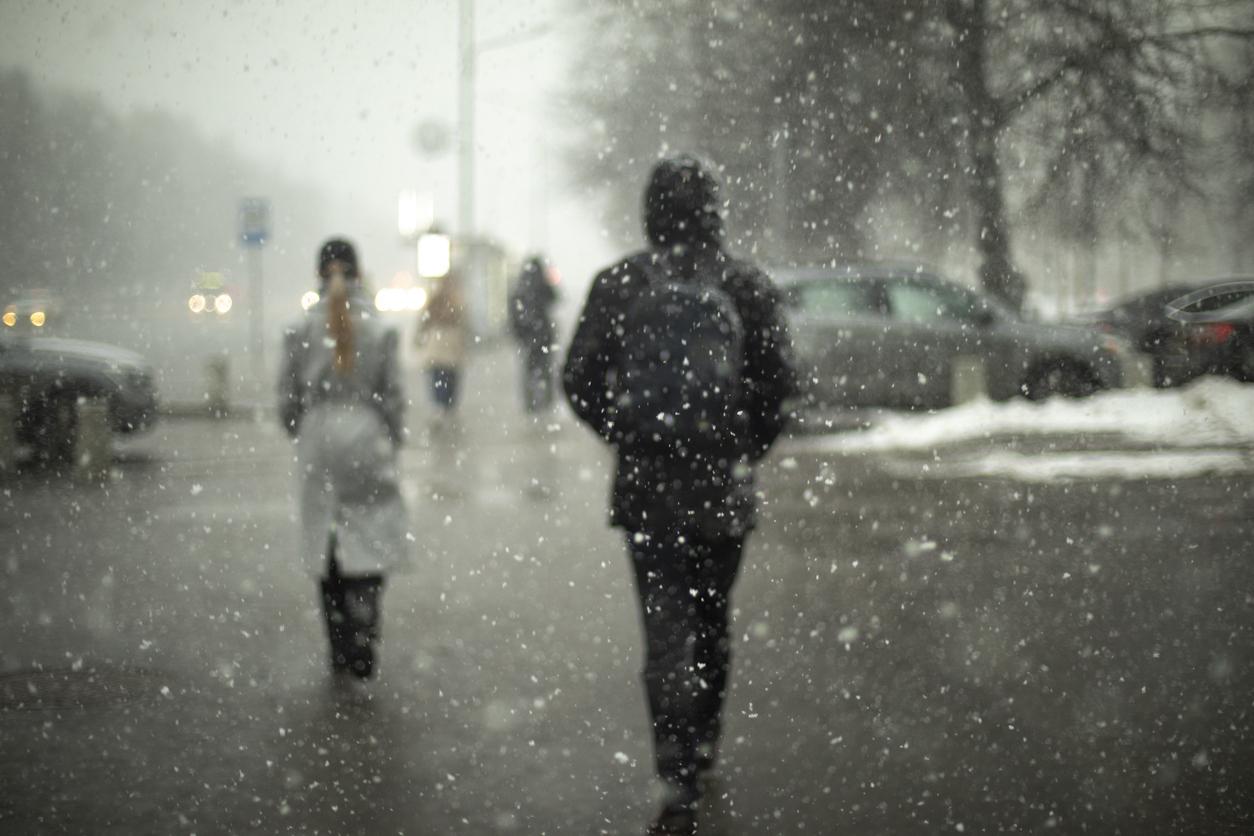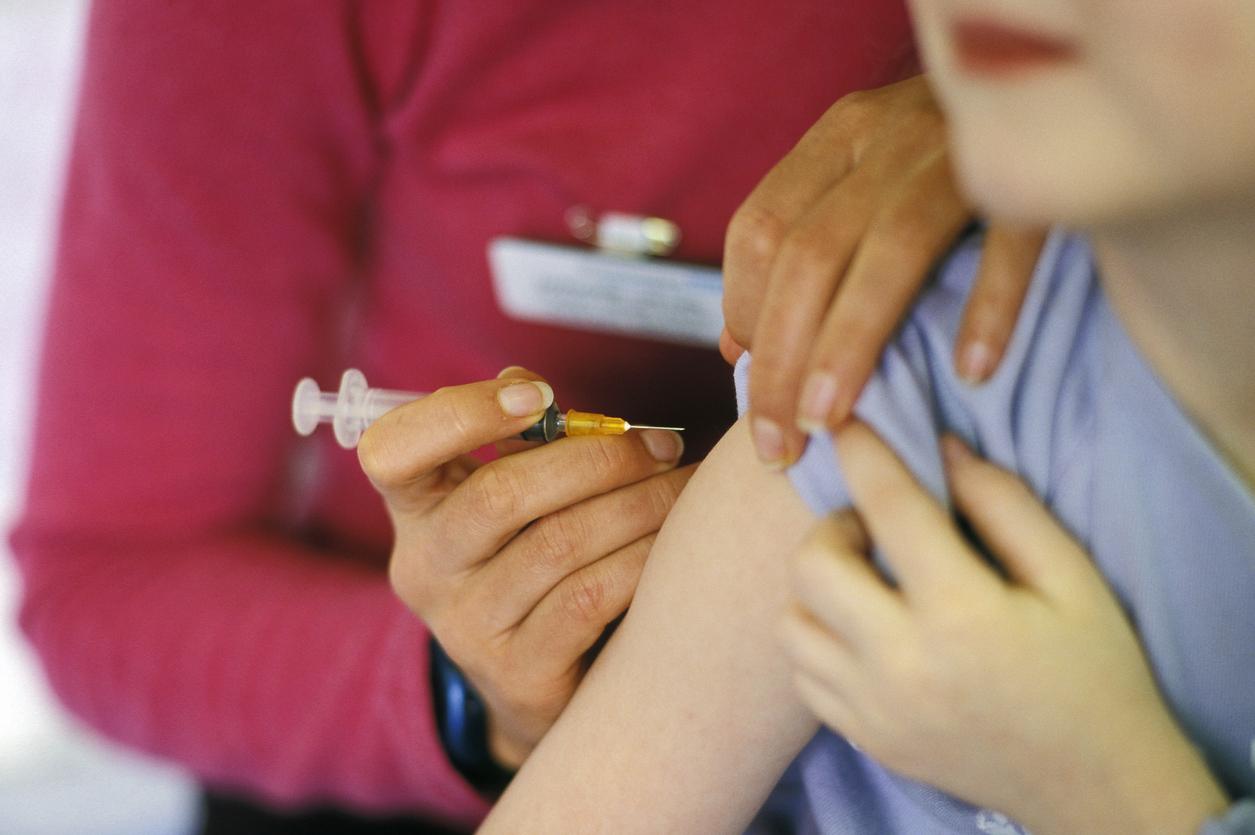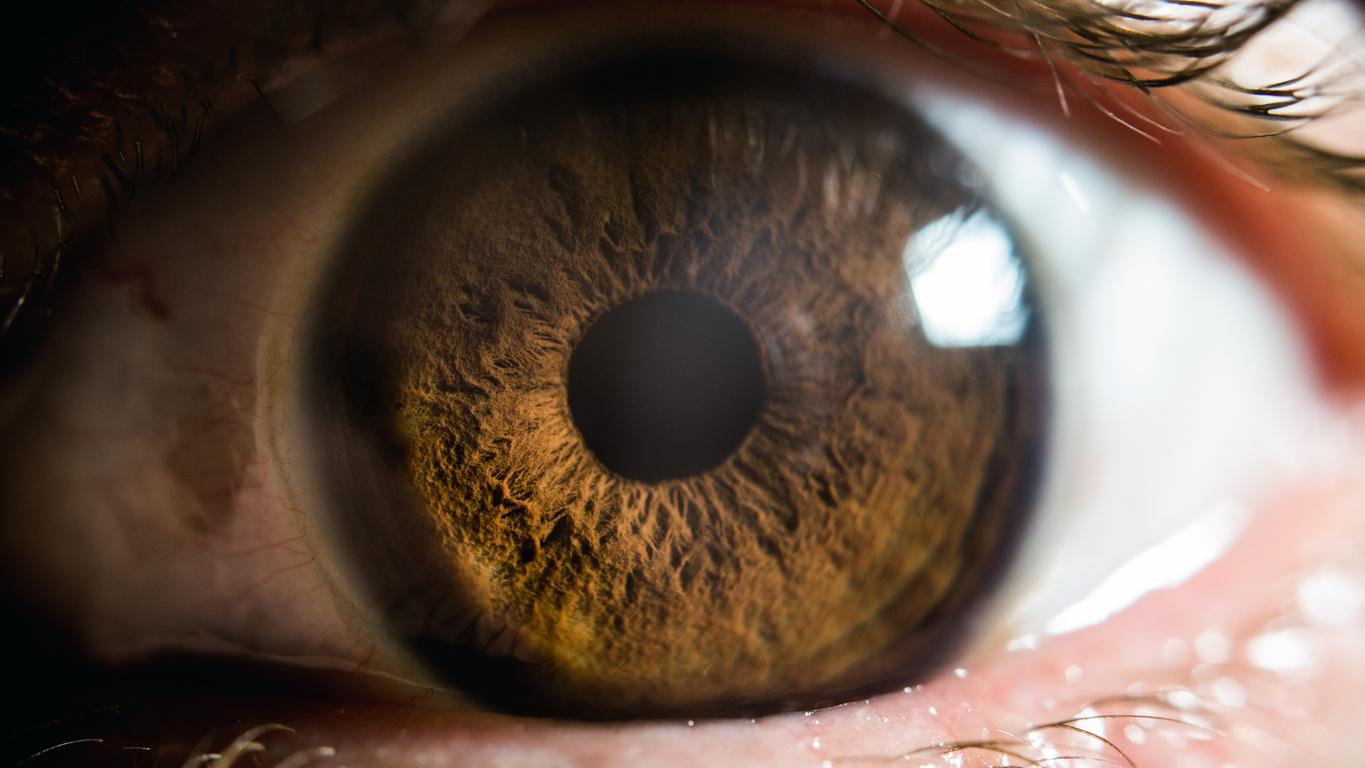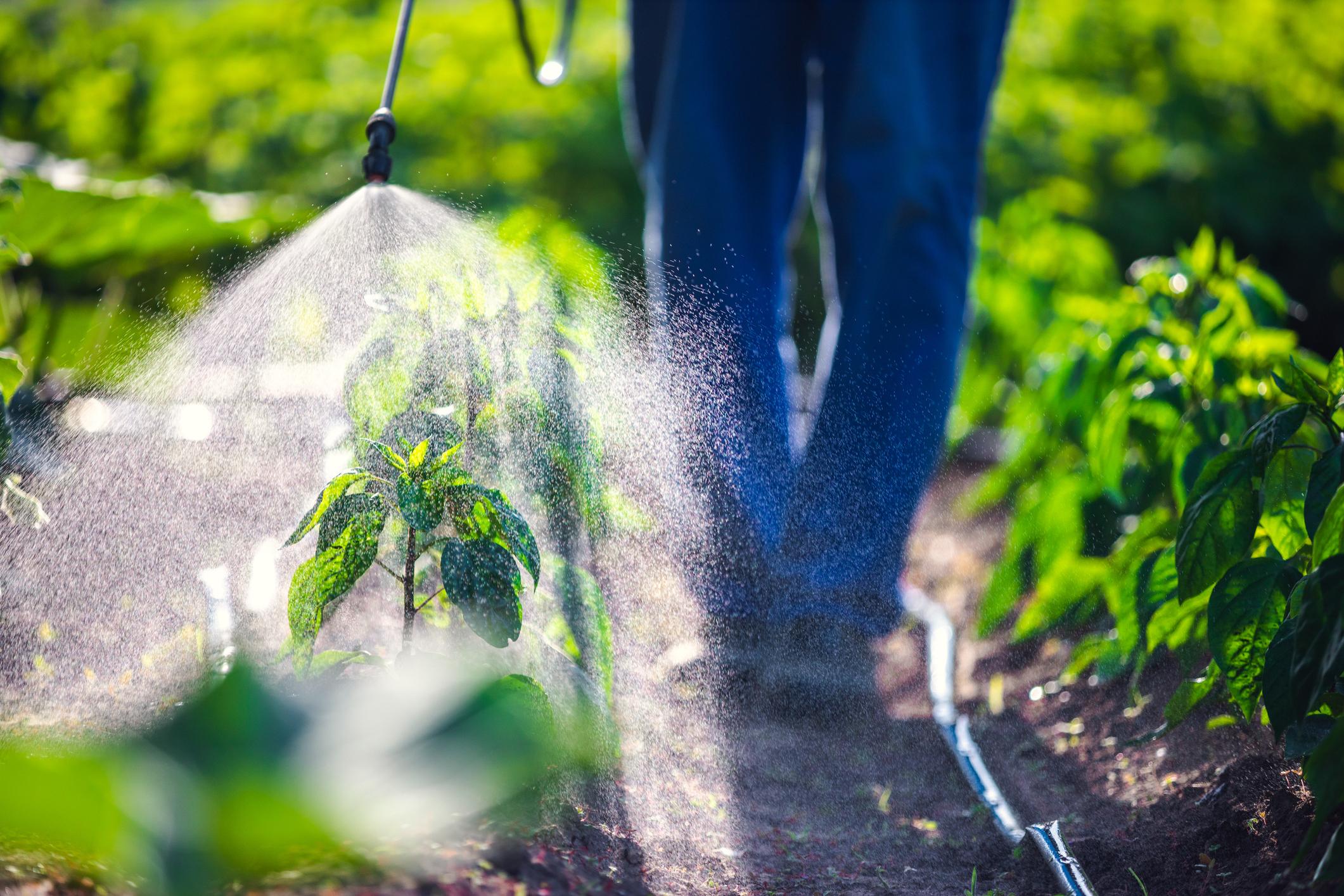An INSEE study reveals new statistics on mortality in France depending on the day and the season, with notable differences according to age groups.

- January 3 is the deadliest day in France, with 1,900 deaths on average, according to INSEE. This spike is explained by the desire to spend the holidays with loved ones, followed by the effects of winter and seasonal viruses.
- Conversely, August 15, a summer public holiday, is the least deadly. The day of the birthday also records an increased risk of death, especially among 18-39 year olds, due in particular to excessive partying.
- Overall, mortality declined in 2023, but remains higher than pre-Covid levels due to the aging of the population.
Every year, January 3 stands out as the deadliest day in France, according to a recent study from the National Institute of Statistics and Economic Studies (Insee). Between 2004 and 2023, this date shows an average of 1,900 deaths, a figure well above the daily average of 1,600. According to the organization, this period after the end-of-year holidays actually marks the return of winter deaths, amplified by the apparent desire of many people at the end of their lives to spend one last Christmas with their loved ones, and to achieve a new year, before passing away.
The impact of winter and the end-of-year holidays on mortality
This phenomenon is in addition to seasonal factors, since winter is naturally more deadly than other seasons, due to the increased circulation of viruses such as the flu. Thus, between November and April, daily mortality regularly exceeds the average, with a marked peak in January (+14% compared to other months) and in February (+12%). Young people being less affected by winter epidemics, it is mainly observed in those over 30 and increases as we get older.
Conversely, it is the day of August 15, a public holiday and in the middle of summer, which records the fewest deaths in the year, with an average of 1,410, or 12% less compared to the entire country. period. Non-working days in general are less deadly, probably due to a slowdown in hospital treatment and scheduled surgical interventions. Although summer heatwaves affect the elderly, the prevention efforts put in place since 2003 now seem to be bearing fruit. “Summer, despite heatwaves, is significantly less deadly than winter for the elderly”notes INSEE.
For young people, on the other hand, summer is riskier. 18-29 year olds are in fact the most affected by road accidents and other incidents in public spaces that occur on sunny days.
Birthday Syndrome
Another peak in mortality intrigues researchers: by comparing the dates of birth and death of people who died between 1994 and 2023, INSEE highlighted a 6% increase in mortality on their birthday. This phenomenon, observed in France as elsewhere, mainly affects young adults (18-39 years old), with an increased risk of 21%. In Switzerland and the United States in particular, this “birthday syndrome” is associated with excess partying – alcohol, fatigue – which promotes road accidents, falls and cardiovascular incidents. In certain cases, the sadness associated with this symbolic date can also exacerbate psychological disorders, as shown by a Japanese study which highlights an increase in suicides that day.
Overall mortality falling in 2023
Despite these peaks and seasonal fluctuations, France recorded an overall drop in mortality in 2023, with 639,300 deaths, or 35,900 fewer than the previous year, notes INSEE. This decline, after a year 2022 marked by waves of Covid-19, flu and extreme heat, nevertheless remains 4% higher than pre-pandemic levels. The reason is the aging of the population and a stagnation in life expectancy.

















